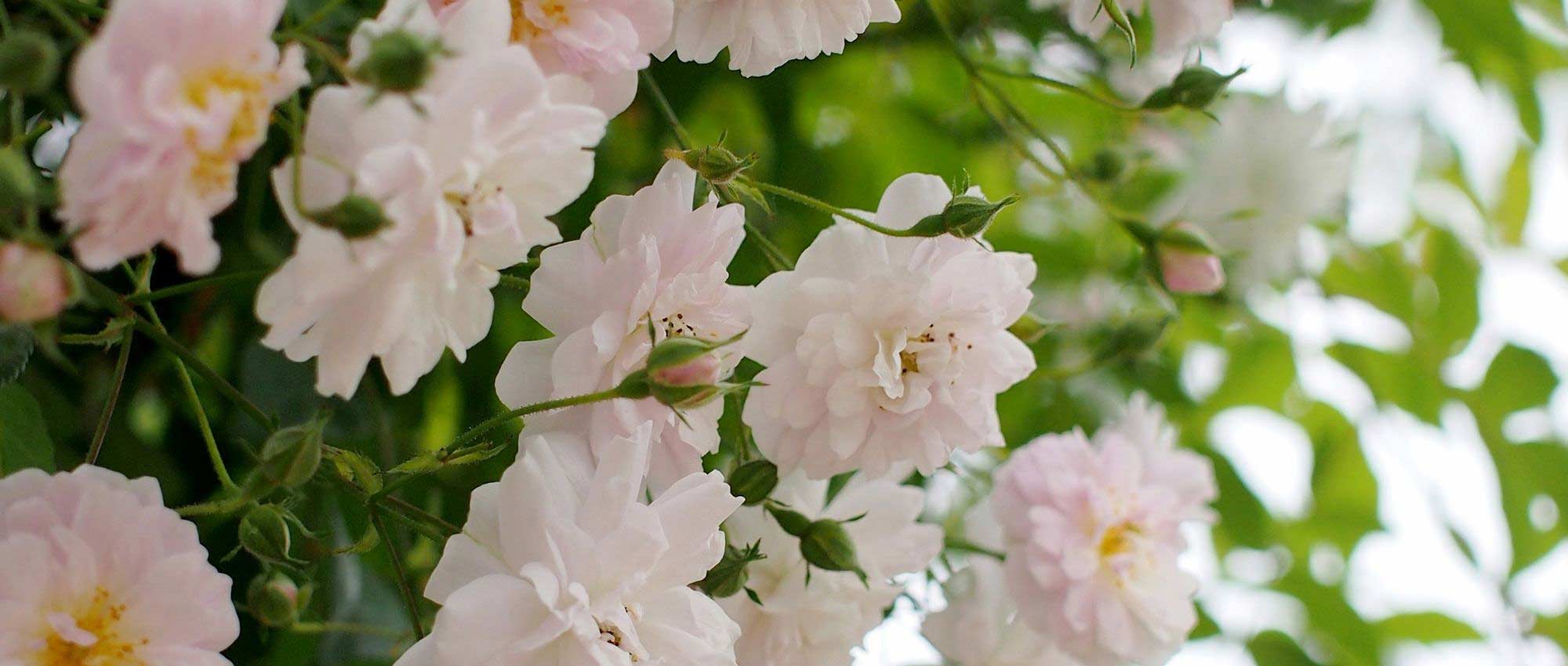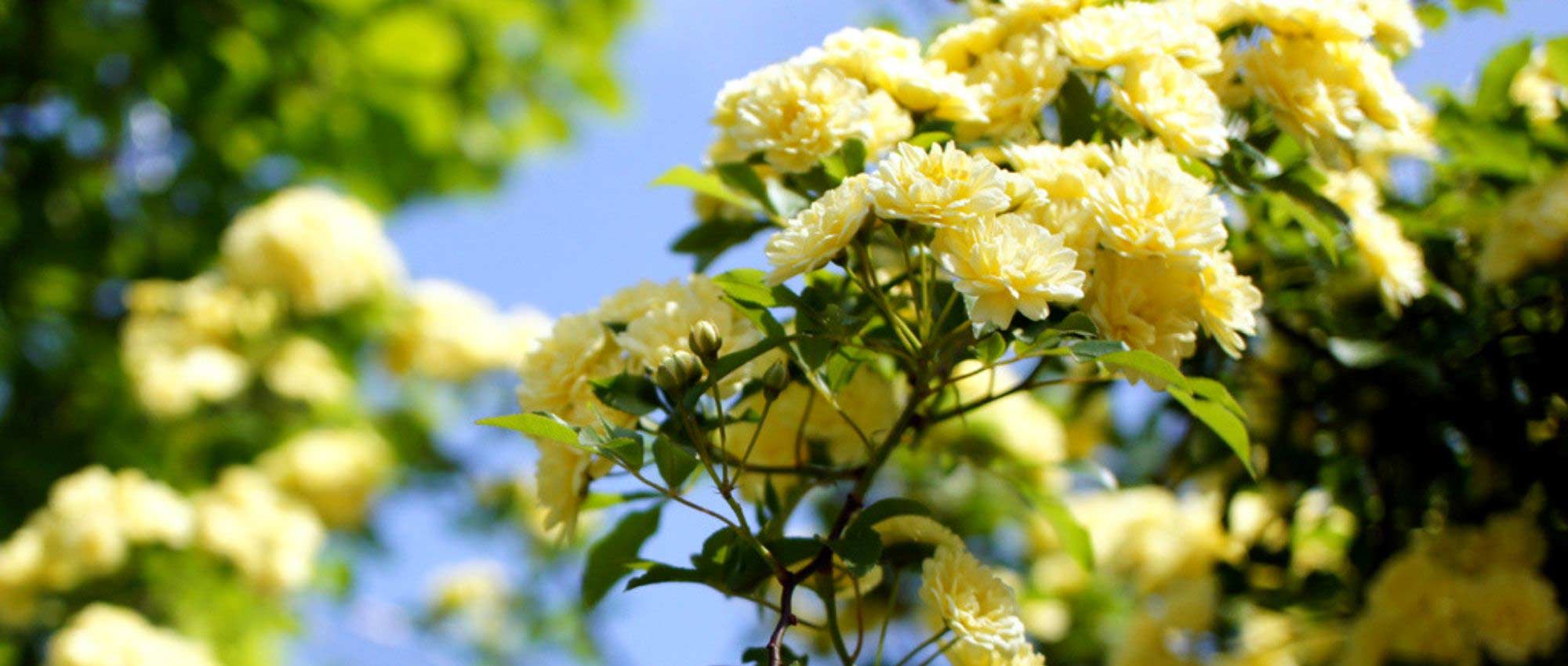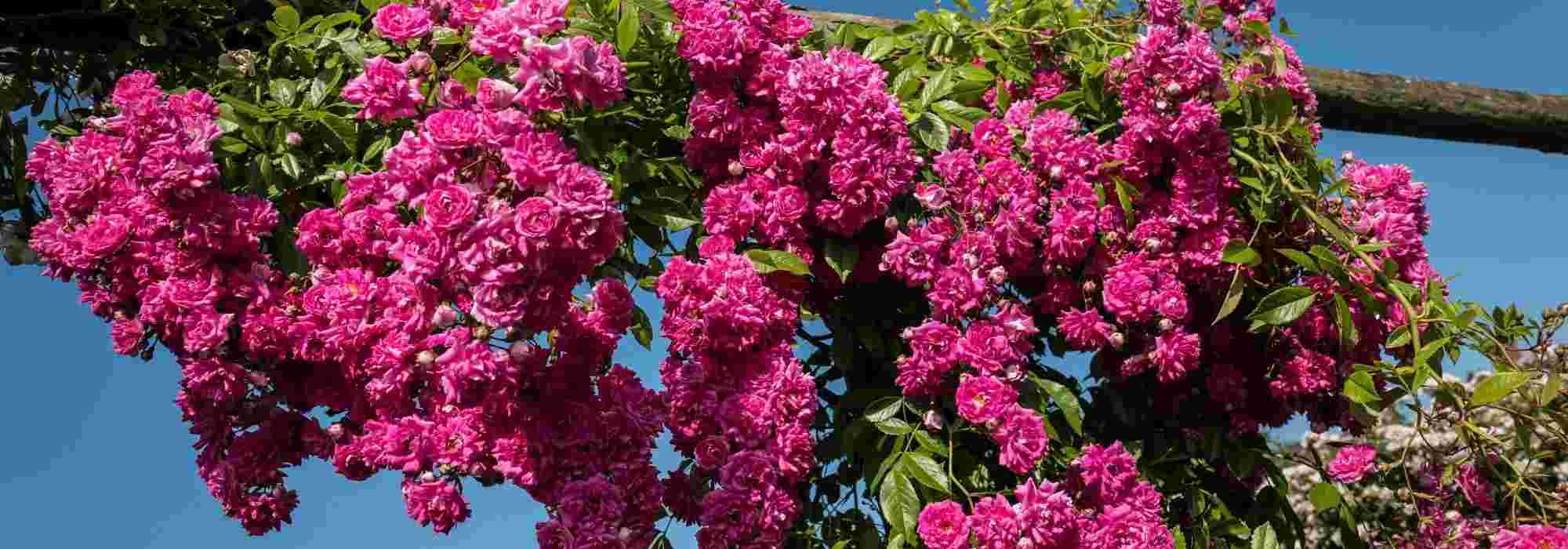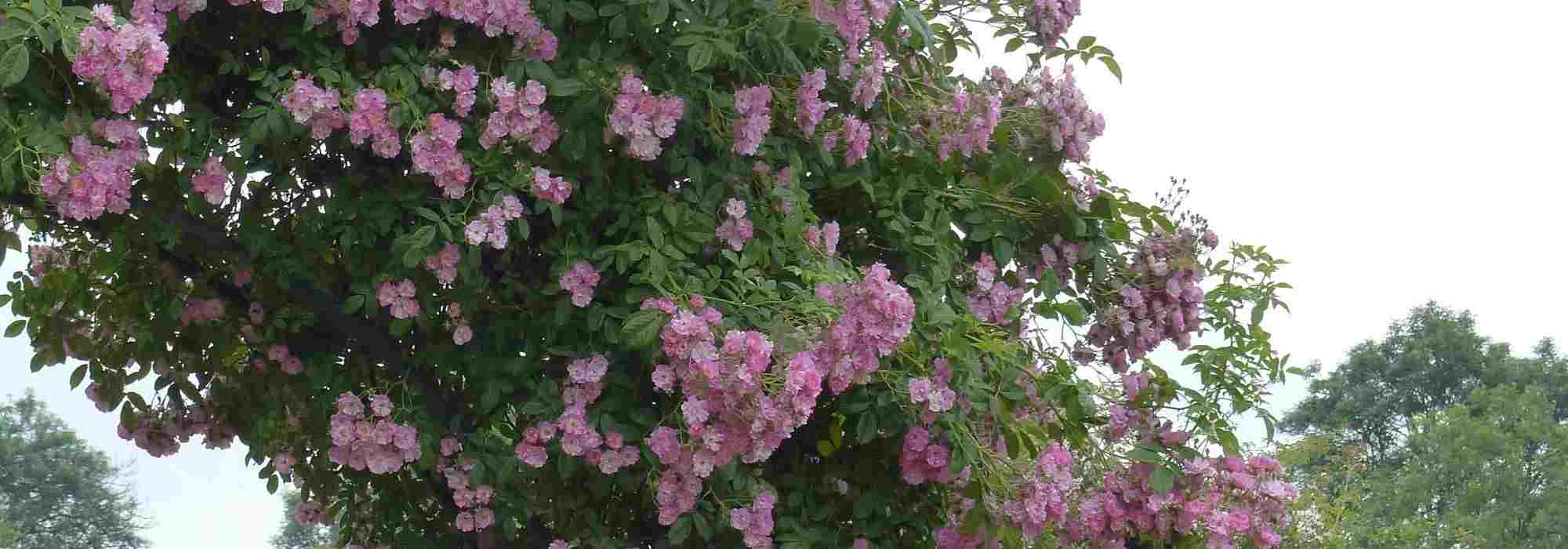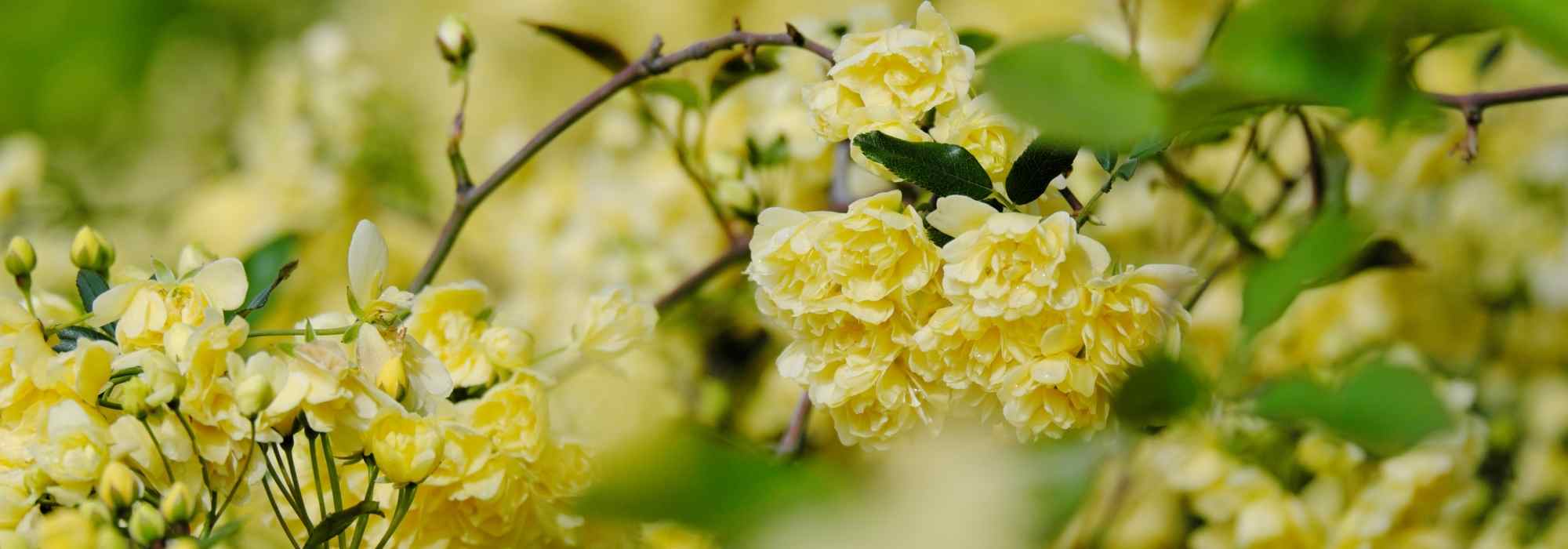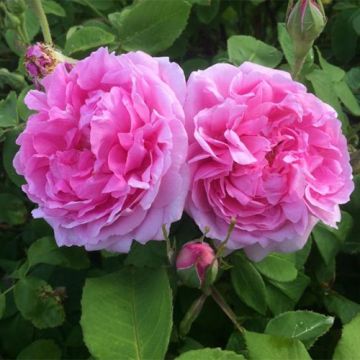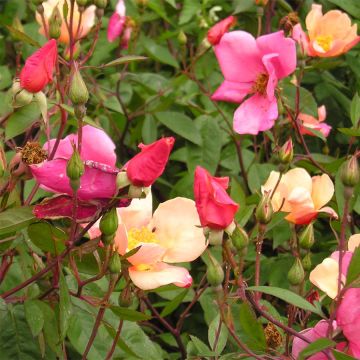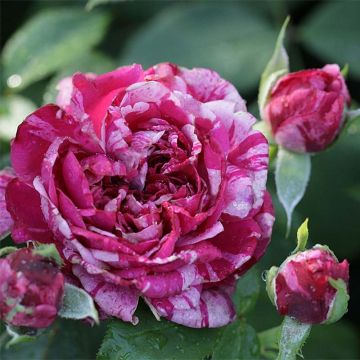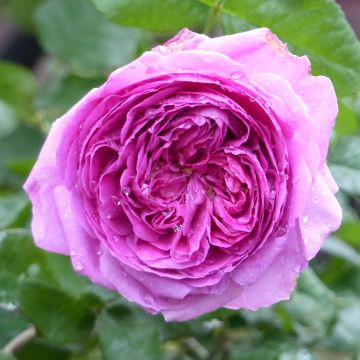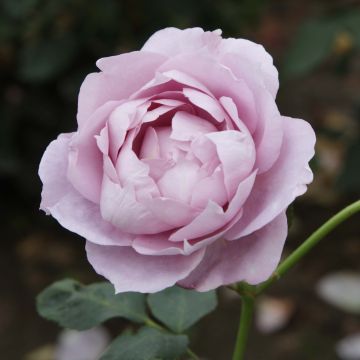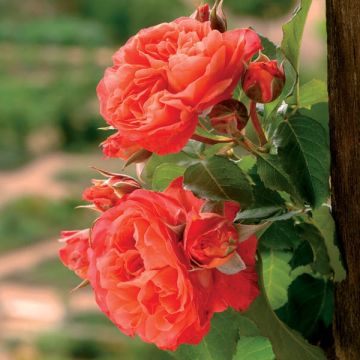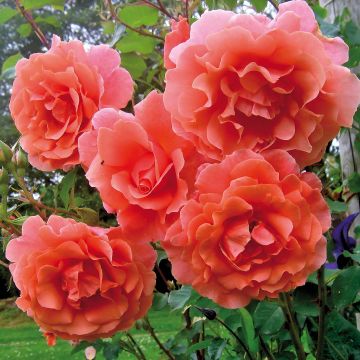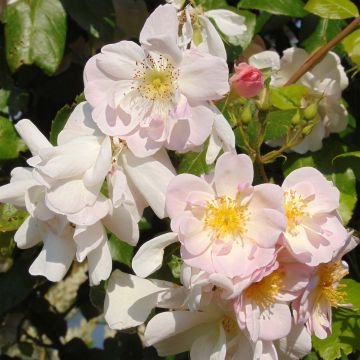

Rosa x wichuraiana 'Albertine' - Rambling Rose


Rosa x wichuraiana 'Albertine' - Rambling Rose
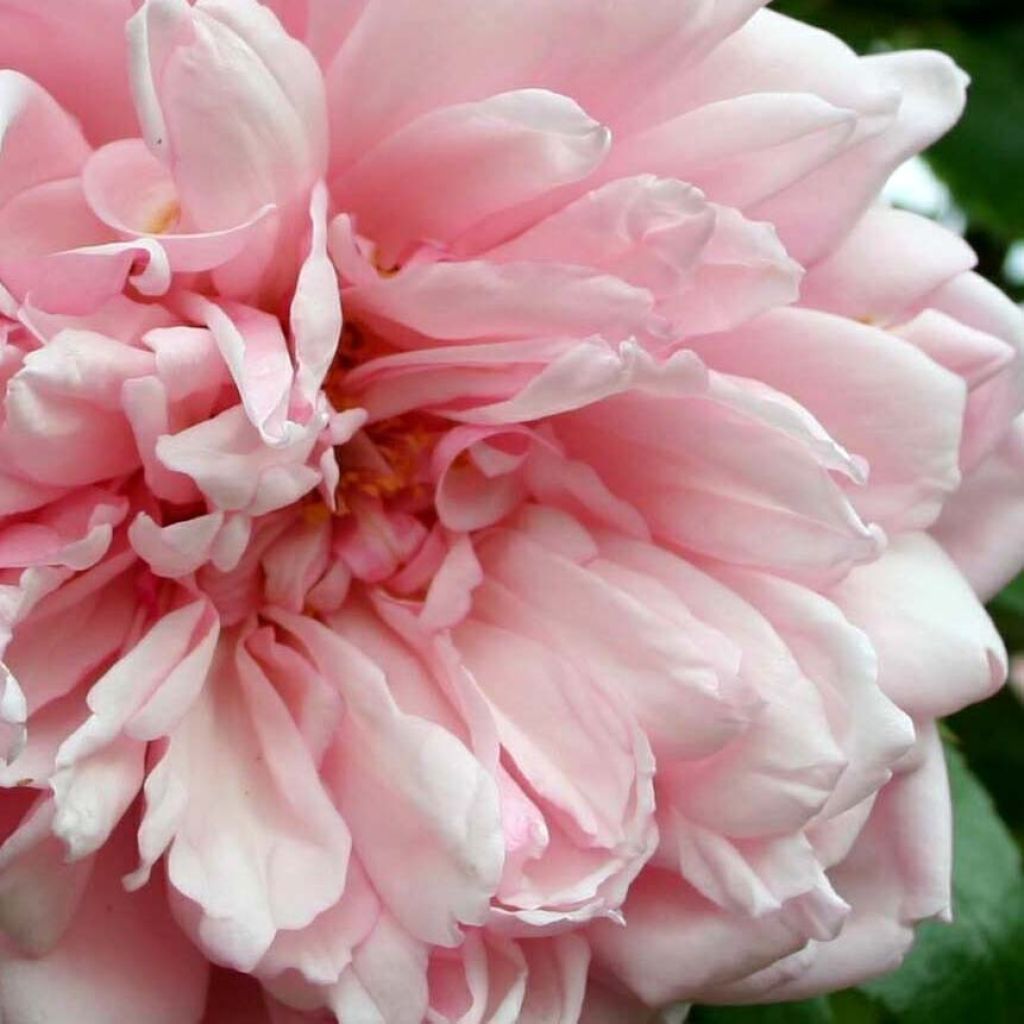

Rosa x wichuraiana 'Albertine' - Rambling Rose
View more pictures
Hide images
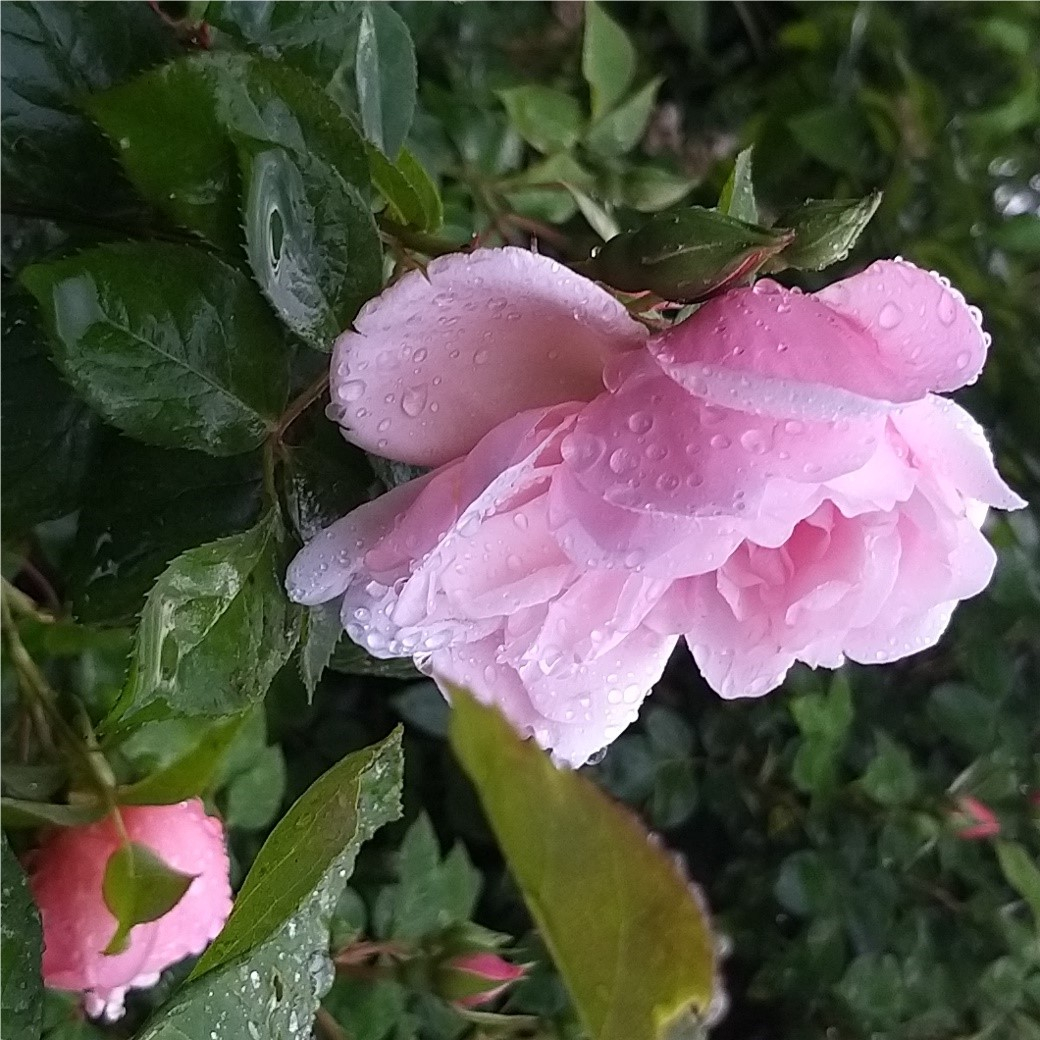
Thierry P.

Flowering in May - image 35 - Photo in the rain.
Thierry P. • 84 FR
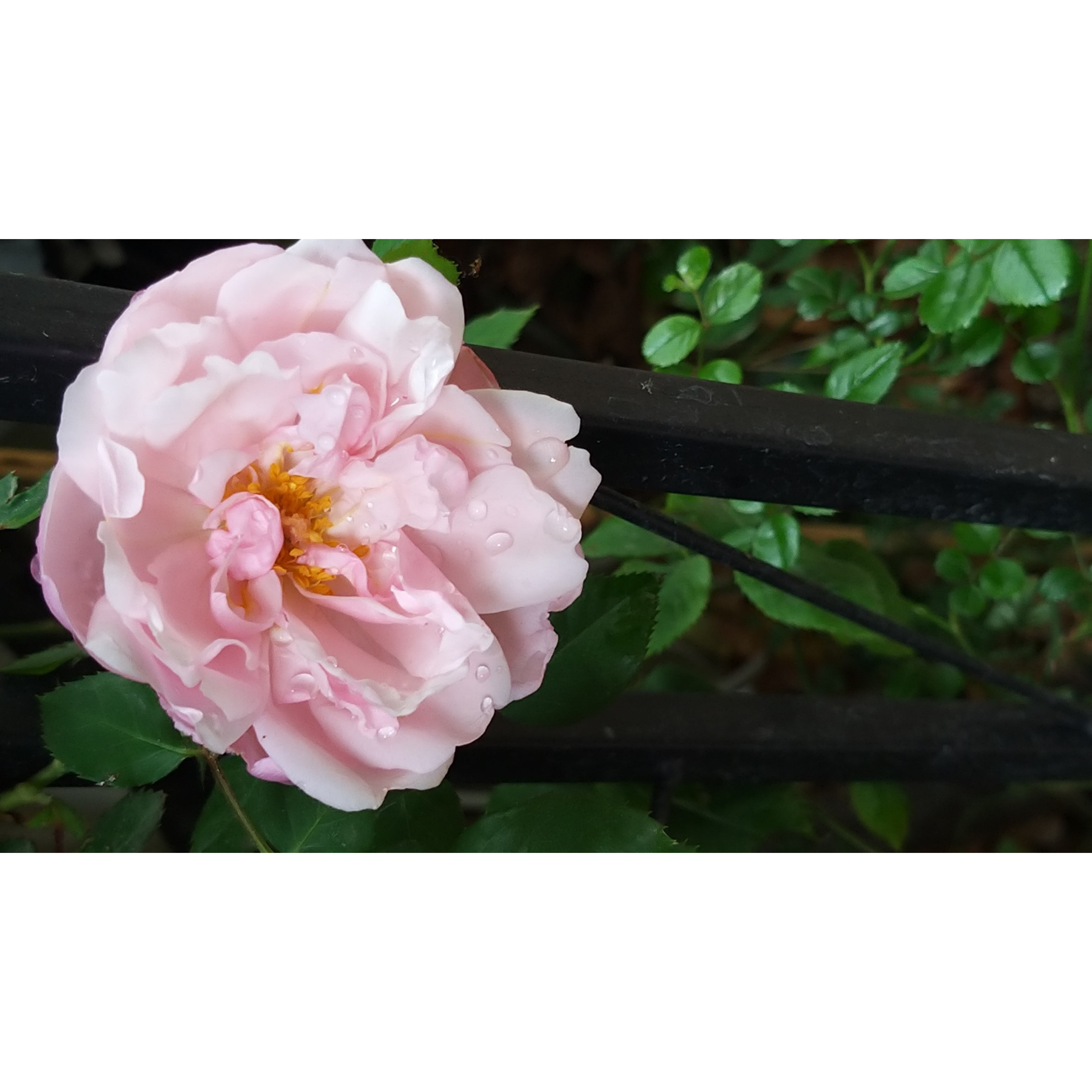
Thierry P.

Flowering in May - image 28 - Photo in the rain.
Thierry P. • 84 FR
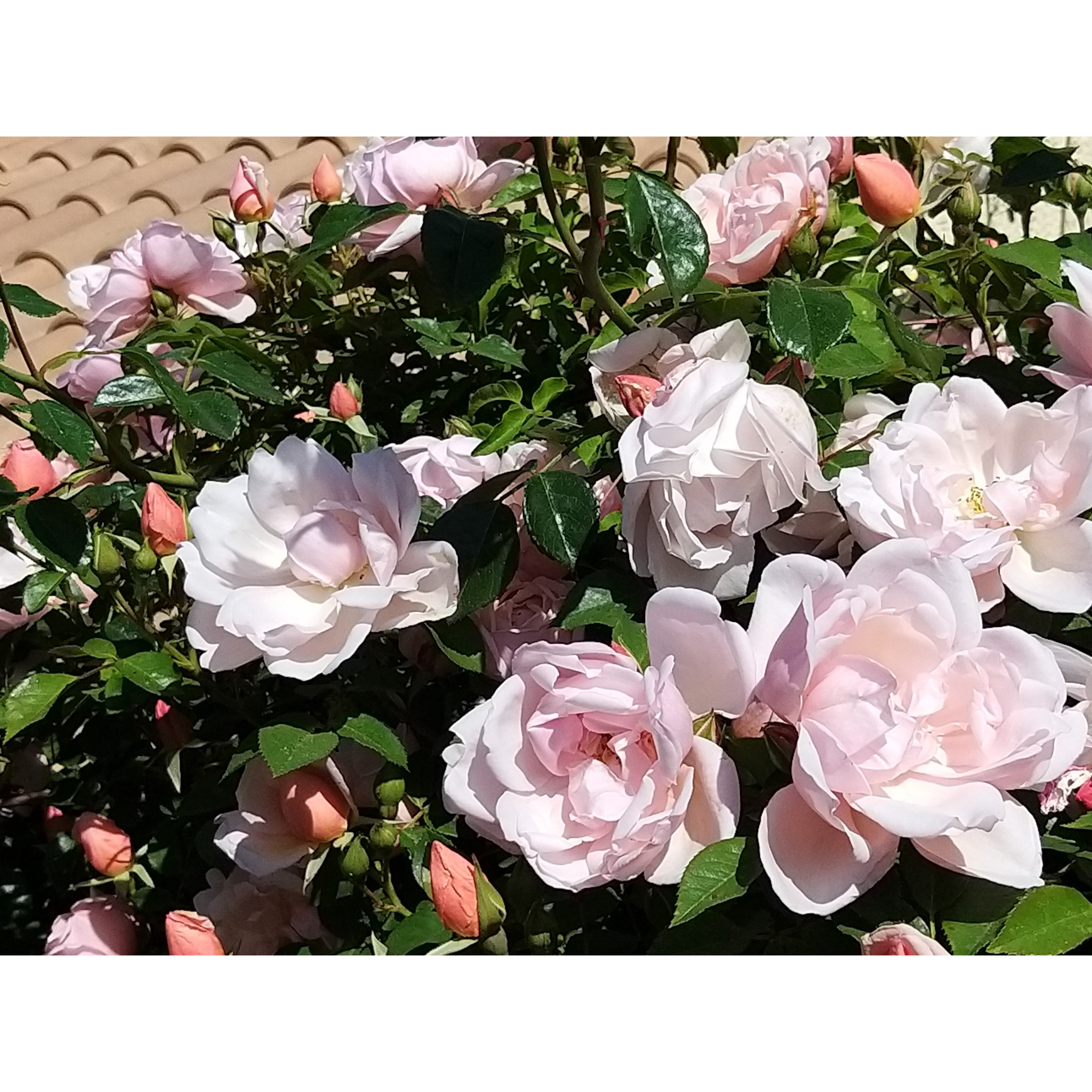
Thierry P.

N/A
Thierry P. • 84 FR

Thierry P.

Thierry P. • 84 FR
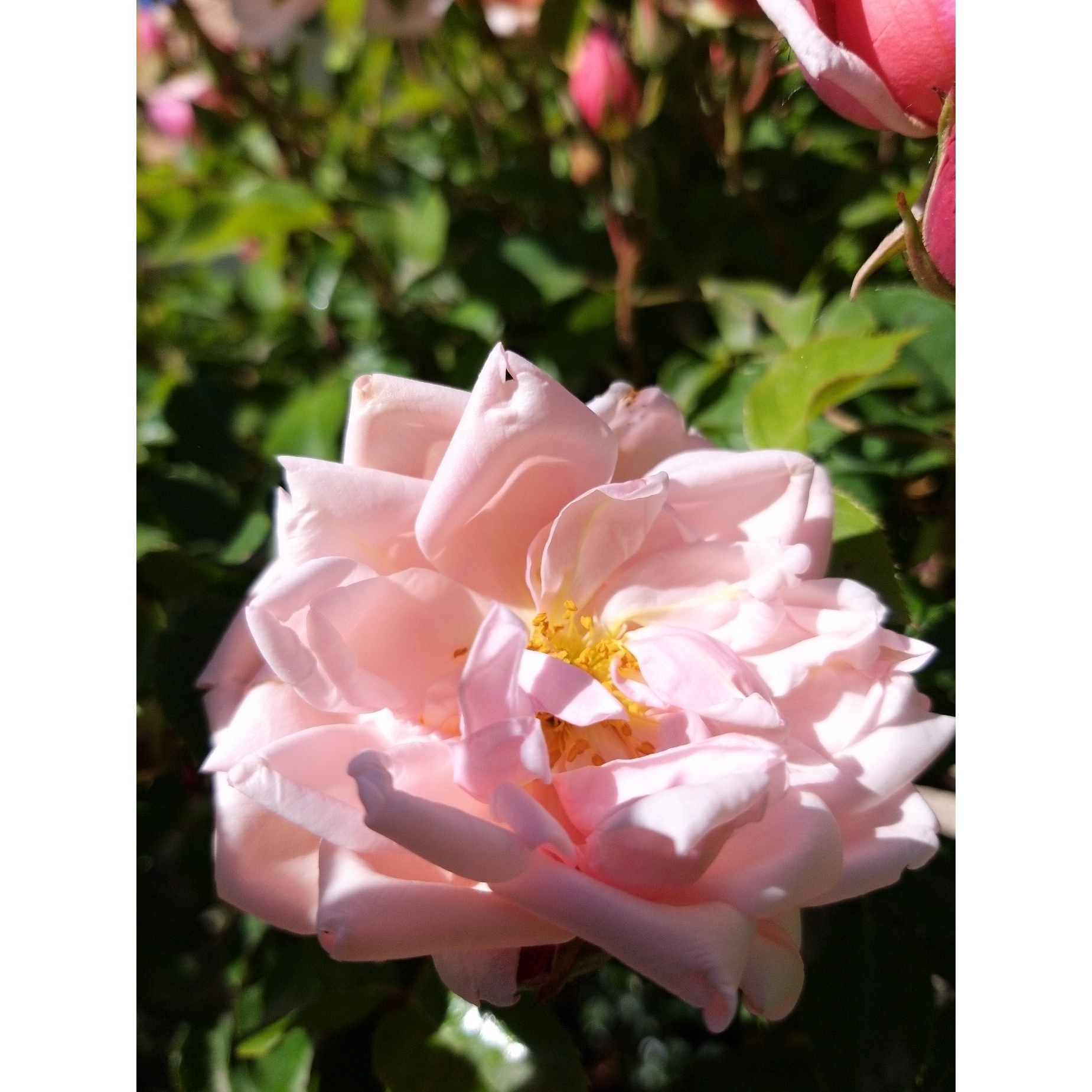
Thierry P.

Thierry P. • 84 FR

Thierry P.

Thierry P. • 84 FR
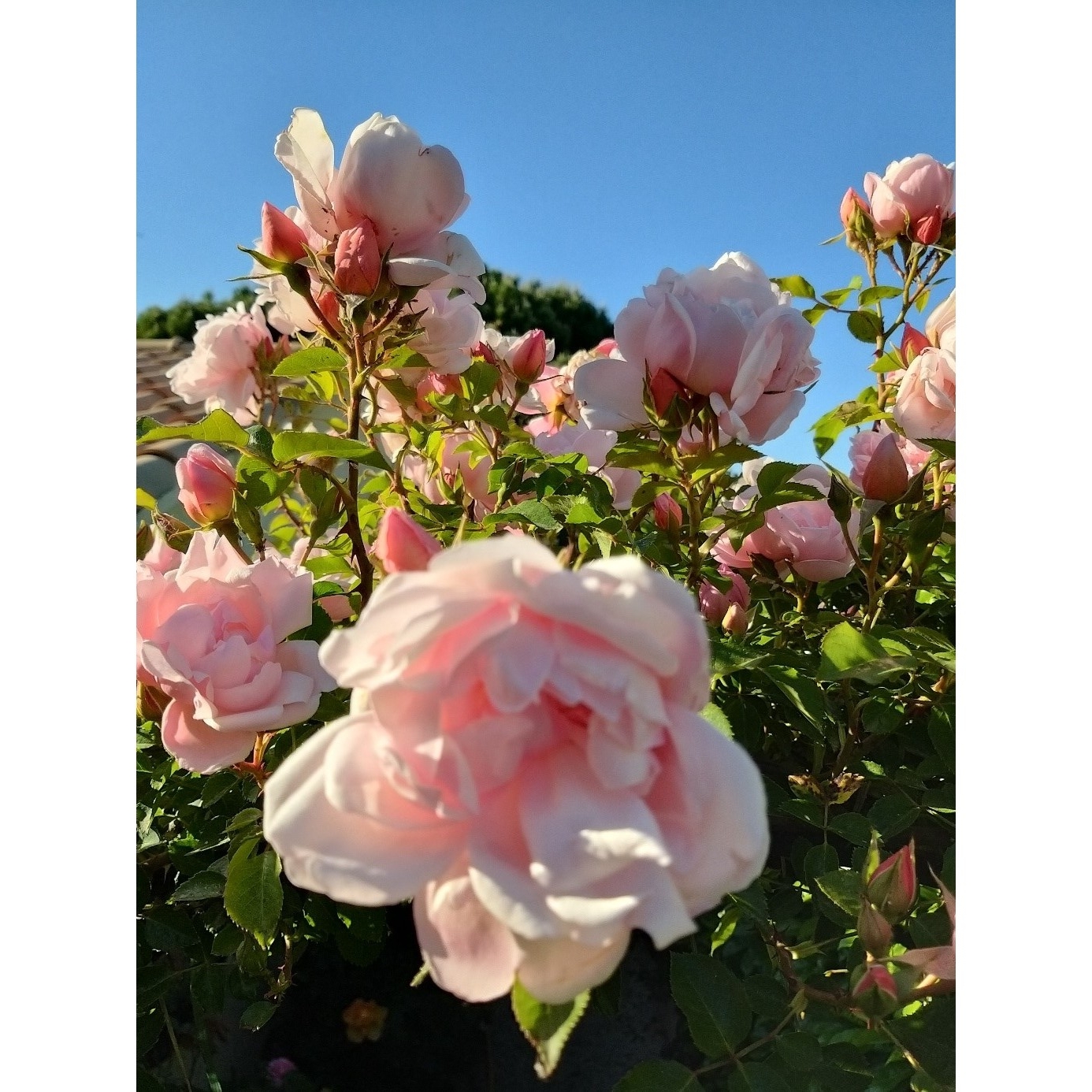
Thierry P.

Thierry P. • 84 FR
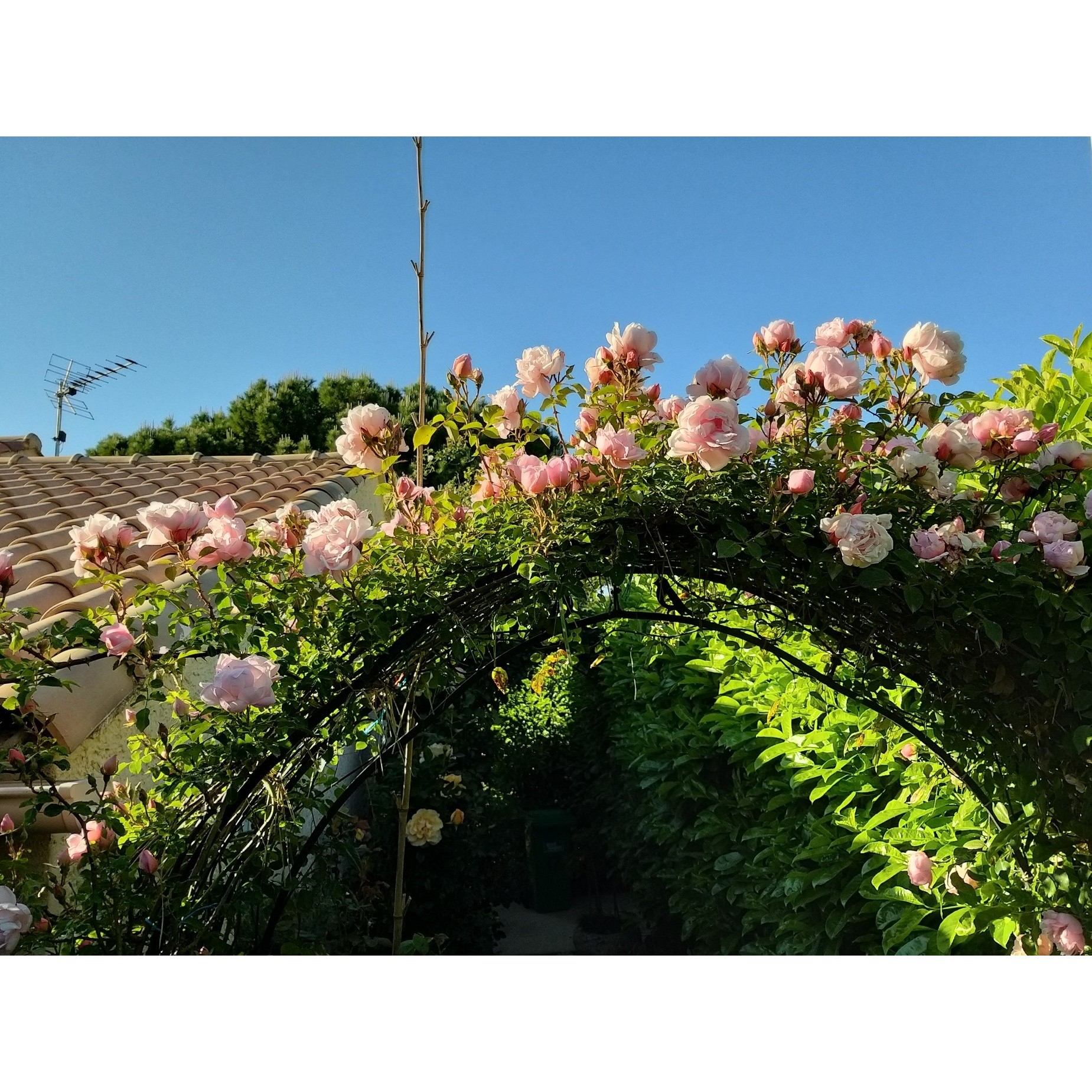
Thierry P.

Thierry P. • 84 FR
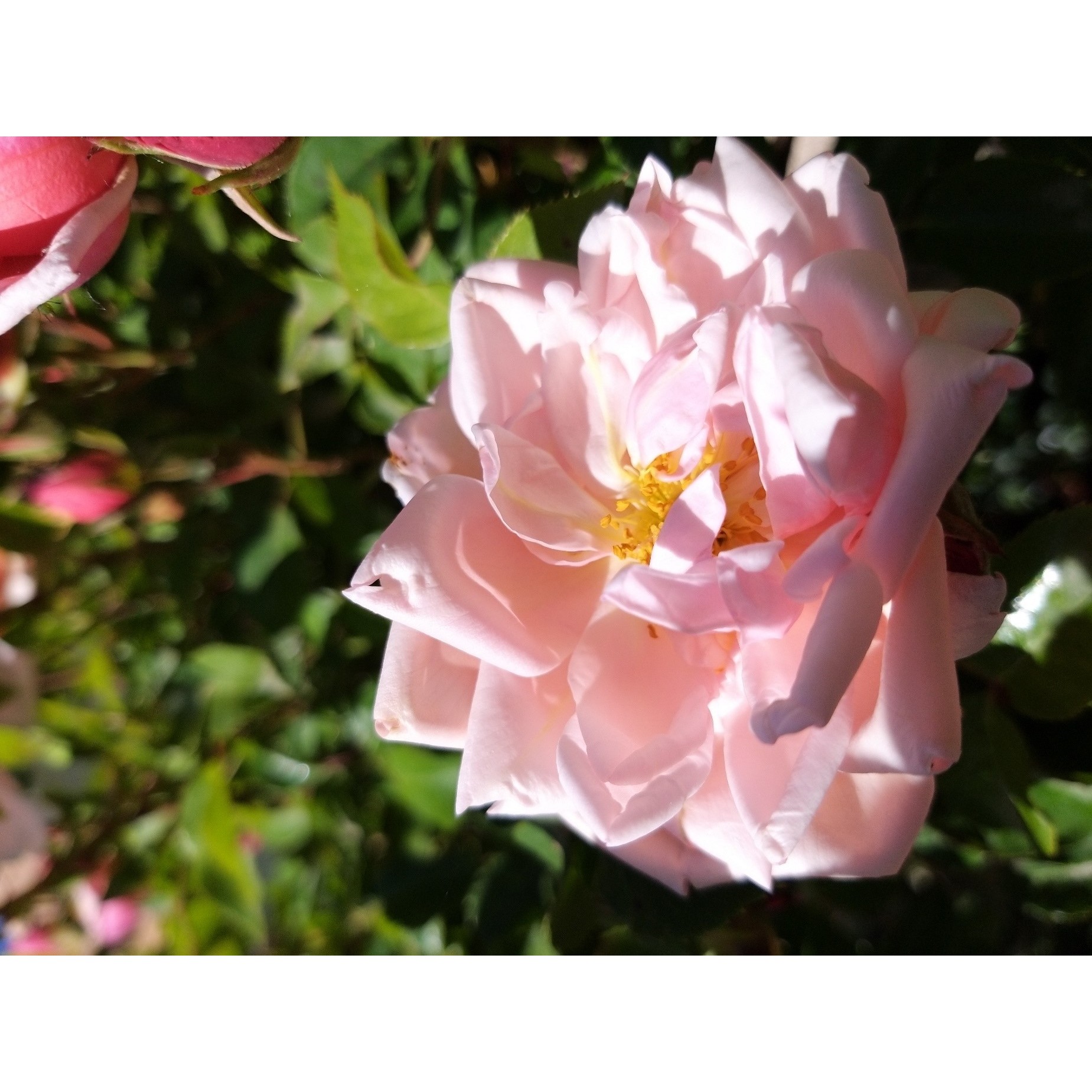
Thierry P.

Flowering in May - image 3
Thierry P. • 84 FR
Rosa x wichuraiana 'Albertine' - Rambling Rose
Rosa x wichuraiana Albertine
Plant received in perfect condition. It has established well and grown beautifully. It's a delight for the eyes. Thank you to the whole team for the quality of your young plants and your work :-)
Zoé , 08/06/2025
Special offer!
Receive a €20 voucher for any order over €90 (excluding delivery costs, credit notes, and plastic-free options)!
1- Add your favorite plants to your cart.
2- Once you have reached €90, confirm your order (you can even choose the delivery date!).
3- As soon as your order is shipped, you will receive an email containing your voucher code, valid for 3 months (90 days).
Your voucher is unique and can only be used once, for any order with a minimum value of €20, excluding delivery costs.
Can be combined with other current offers, non-divisible and non-refundable.
Home or relay delivery (depending on size and destination)
Schedule delivery date,
and select date in basket
We guarantee the quality of our plants for a full growing cycle, and will replace at our expense any plant that fails to recover under normal climatic and planting conditions.

Description
The 'Albertine' Rose embodies the spirit of the Roaring Twenties like no other. This exuberant climber, thorny as can be, carefree in nature, possesses an exceptional temperament and a remarkable flowering in June-July. It owes its reputation to the charming form of its double and crumpled roses, the radiance of its ever-changing pink colour, and, of course, its sweet, highly volatile fragrance. Albertine blooms even in the shade and withstands cold winters and dry, hot summers. Albertine, the seductress, is also well-equipped to combat rose diseases. It is no coincidence that this rose is often the first old climber to be planted in a garden!
The 'Albertine' Rose, created in 1921 by René Barbier and brothers, resulted from cross-breeding between the Wichura Rose (synonym Rosa luciae), a botanical species native to East Asia, and the hybrid tea rose 'Mrs. Arthur Robert Waddell'. Awarded the Award of Garden Merit in England, it, like 'Alberic Barbier', 'Francois Juranville', and 'Leontine Gervais', brought fortune to its creator, who went as far as Ohio to obtain the strains of their vigorous Asian ancestor.
'Albertine' can easily reach a height of 5 to 6 metres (16 to 20 feet) with a spread of about 3 metres (10 feet). Its long, flexible stems are very thorny and covered with small, medium green foliage, satin-like to almost matte, which shows respectable resistance to rose diseases. The flowers of this summer-flowering climber appear from late May to July, earlier or later, depending on the region. They emerge from short shoots of the second year as salmon-copper-coloured buds. They open into somewhat disordered, 8 to 9cm (3 to 4in) diameter double roses, clustered in small bouquets along the stems. Copper-coloured buds and more or less salmon-pink, soft rose-to-carnation pink, candy pink flowers coexist on the plant. A sweet, intense fragrance in warm and calm weather surrounds them. However, this very vigorous and drought-resistant rose can be susceptible to powdery mildew and black spot depending on growing conditions. The fruits remain decorative until winter unless the birds eat them all, as they adore them.
With 'Albertine', we enter the exclusive circle of climbing roses undeterred by anything. Like 'Alberic Barbier', New Dawn, Felicia, American Pillar, Mme Alfred Carrière, and May Queen, it is particularly interesting for bringing lushness and colour to difficult or slightly shaded garden areas. Robust, undemanding, and low-maintenance, it thrives almost anywhere with some care at planting. Like other large climbers, it can easily conceal an unsightly structure or climb a sturdy wall or small tree. The Trio 'Alberic Barbier', 'Albertine', and 'Alchemist', entwined together in a harmony of colours and fragrances, is a pure marvel in June.
Created by Barbier in 1921.
Rosa x wichuraiana 'Albertine' - Rambling Rose in pictures
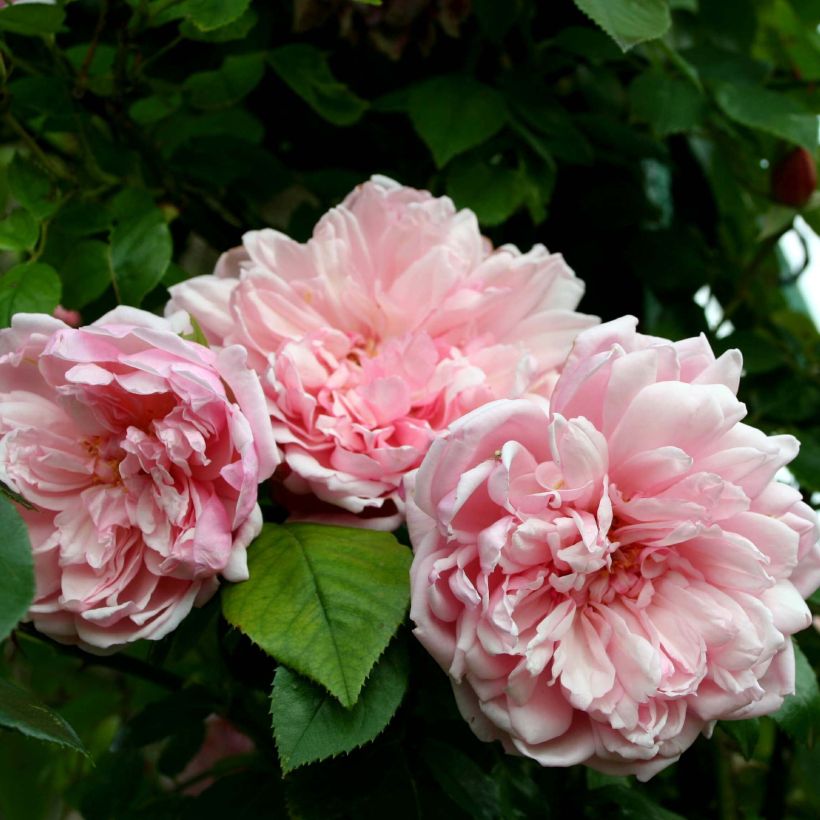

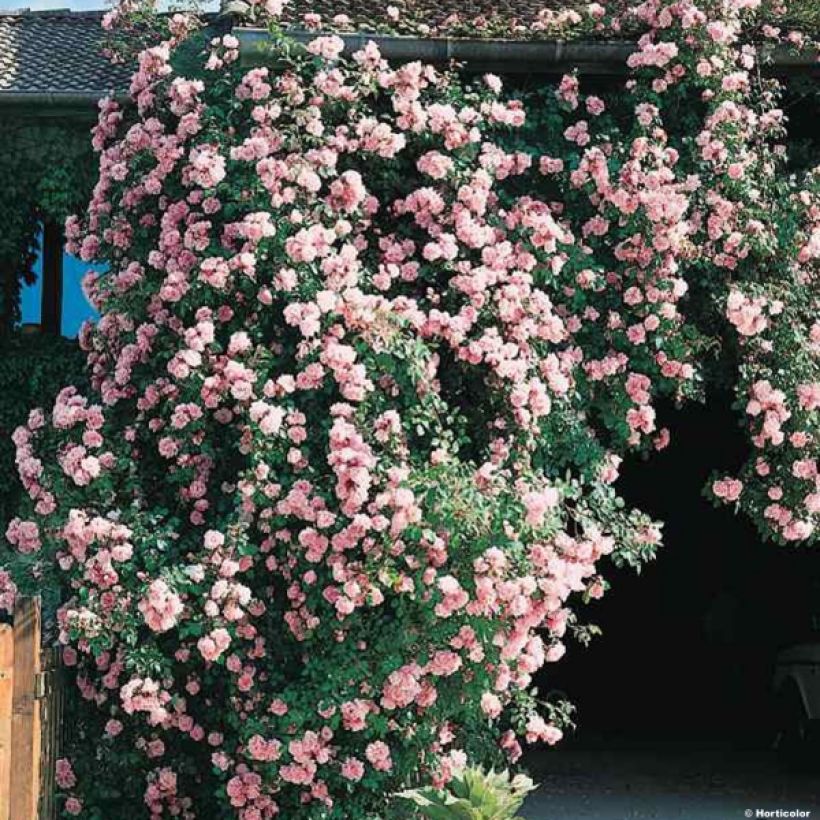

Plant habit
Flowering
Foliage
Botanical data
Rosa
x wichuraiana
Albertine
Rosaceae
Cultivar or hybrid
Rosa canina Laxa (Wrapped bare root, 4L/5L pot)
Planting and care
The climbing rose Albertine prefers semi-shade situations, especially in warm climates, and will easily tolerate sunlight if not too direct. Although it doesn't appreciate excessive limestone, it tolerates and performs well in fairly heavy clay-limestone soil. It will adapt to any garden if the soil is well-worked and sufficiently rich. To plant your rose, work the soil by crumbling it well and place an amendment, such as blood, fish and bone, at the bottom of the planting hole. Water generously after planting to eliminate air pockets. Water regularly for a few weeks to facilitate root development. Pruning this rose is only necessary to control its growth. If its spread bothers you, don't hesitate to reduce its branches. Since the flowering is not perpetual, it is unnecessary to remove faded flowers, as this would deprive you of its decorative hips in autumn.
Roses may develop unsightly spots at the end of summer, but this is a natural occurrence and doesn't harm the rose's growth.
Planting period
Intended location
Care
Planting & care advice
-
, onOrder confirmed
Reply from on Promesse de fleurs
Similar products
Haven't found what you were looking for?
Hardiness is the lowest winter temperature a plant can endure without suffering serious damage or even dying. However, hardiness is affected by location (a sheltered area, such as a patio), protection (winter cover) and soil type (hardiness is improved by well-drained soil).

Photo Sharing Terms & Conditions
In order to encourage gardeners to interact and share their experiences, Promesse de fleurs offers various media enabling content to be uploaded onto its Site - in particular via the ‘Photo sharing’ module.
The User agrees to refrain from:
- Posting any content that is illegal, prejudicial, insulting, racist, inciteful to hatred, revisionist, contrary to public decency, that infringes on privacy or on the privacy rights of third parties, in particular the publicity rights of persons and goods, intellectual property rights, or the right to privacy.
- Submitting content on behalf of a third party;
- Impersonate the identity of a third party and/or publish any personal information about a third party;
In general, the User undertakes to refrain from any unethical behaviour.
All Content (in particular text, comments, files, images, photos, videos, creative works, etc.), which may be subject to property or intellectual property rights, image or other private rights, shall remain the property of the User, subject to the limited rights granted by the terms of the licence granted by Promesse de fleurs as stated below. Users are at liberty to publish or not to publish such Content on the Site, notably via the ‘Photo Sharing’ facility, and accept that this Content shall be made public and freely accessible, notably on the Internet.
Users further acknowledge, undertake to have ,and guarantee that they hold all necessary rights and permissions to publish such material on the Site, in particular with regard to the legislation in force pertaining to any privacy, property, intellectual property, image, or contractual rights, or rights of any other nature. By publishing such Content on the Site, Users acknowledge accepting full liability as publishers of the Content within the meaning of the law, and grant Promesse de fleurs, free of charge, an inclusive, worldwide licence for the said Content for the entire duration of its publication, including all reproduction, representation, up/downloading, displaying, performing, transmission, and storage rights.
Users also grant permission for their name to be linked to the Content and accept that this link may not always be made available.
By engaging in posting material, Users consent to their Content becoming automatically accessible on the Internet, in particular on other sites and/or blogs and/or web pages of the Promesse de fleurs site, including in particular social pages and the Promesse de fleurs catalogue.
Users may secure the removal of entrusted content free of charge by issuing a simple request via our contact form.
The flowering period indicated on our website applies to countries and regions located in USDA zone 8 (France, the United Kingdom, Ireland, the Netherlands, etc.)
It will vary according to where you live:
- In zones 9 to 10 (Italy, Spain, Greece, etc.), flowering will occur about 2 to 4 weeks earlier.
- In zones 6 to 7 (Germany, Poland, Slovenia, and lower mountainous regions), flowering will be delayed by 2 to 3 weeks.
- In zone 5 (Central Europe, Scandinavia), blooming will be delayed by 3 to 5 weeks.
In temperate climates, pruning of spring-flowering shrubs (forsythia, spireas, etc.) should be done just after flowering.
Pruning of summer-flowering shrubs (Indian Lilac, Perovskia, etc.) can be done in winter or spring.
In cold regions as well as with frost-sensitive plants, avoid pruning too early when severe frosts may still occur.
The planting period indicated on our website applies to countries and regions located in USDA zone 8 (France, United Kingdom, Ireland, Netherlands).
It will vary according to where you live:
- In Mediterranean zones (Marseille, Madrid, Milan, etc.), autumn and winter are the best planting periods.
- In continental zones (Strasbourg, Munich, Vienna, etc.), delay planting by 2 to 3 weeks in spring and bring it forward by 2 to 4 weeks in autumn.
- In mountainous regions (the Alps, Pyrenees, Carpathians, etc.), it is best to plant in late spring (May-June) or late summer (August-September).
The harvesting period indicated on our website applies to countries and regions in USDA zone 8 (France, England, Ireland, the Netherlands).
In colder areas (Scandinavia, Poland, Austria...) fruit and vegetable harvests are likely to be delayed by 3-4 weeks.
In warmer areas (Italy, Spain, Greece, etc.), harvesting will probably take place earlier, depending on weather conditions.
The sowing periods indicated on our website apply to countries and regions within USDA Zone 8 (France, UK, Ireland, Netherlands).
In colder areas (Scandinavia, Poland, Austria...), delay any outdoor sowing by 3-4 weeks, or sow under glass.
In warmer climes (Italy, Spain, Greece, etc.), bring outdoor sowing forward by a few weeks.


































